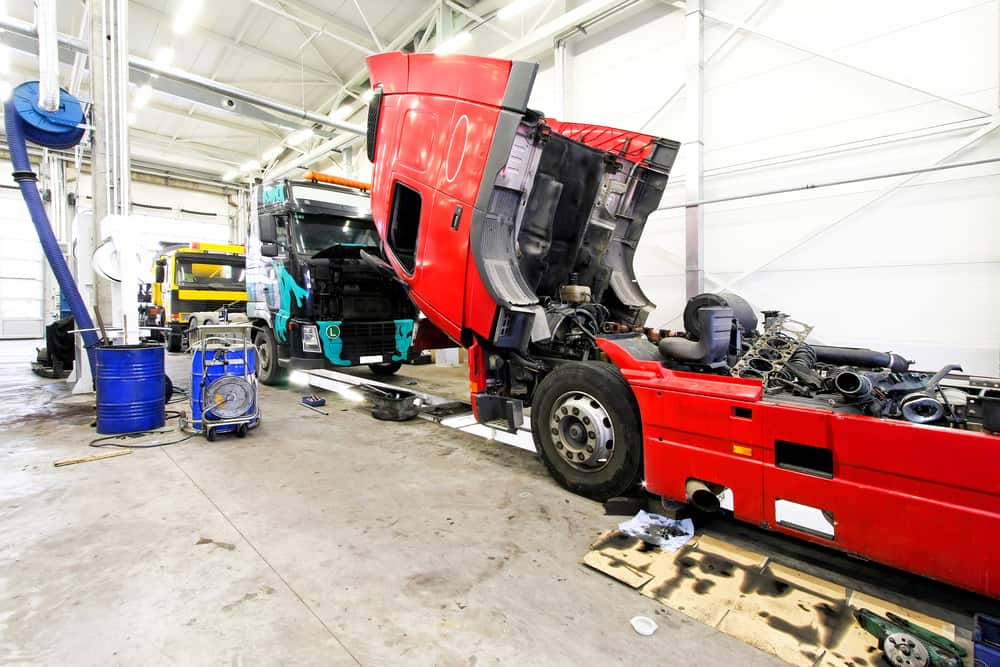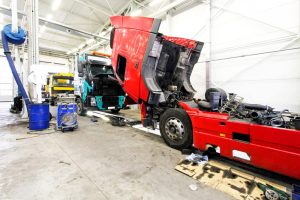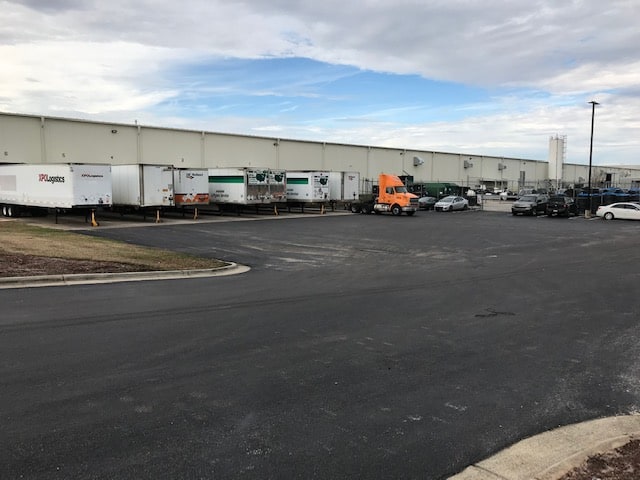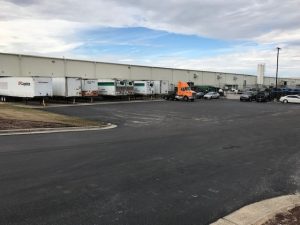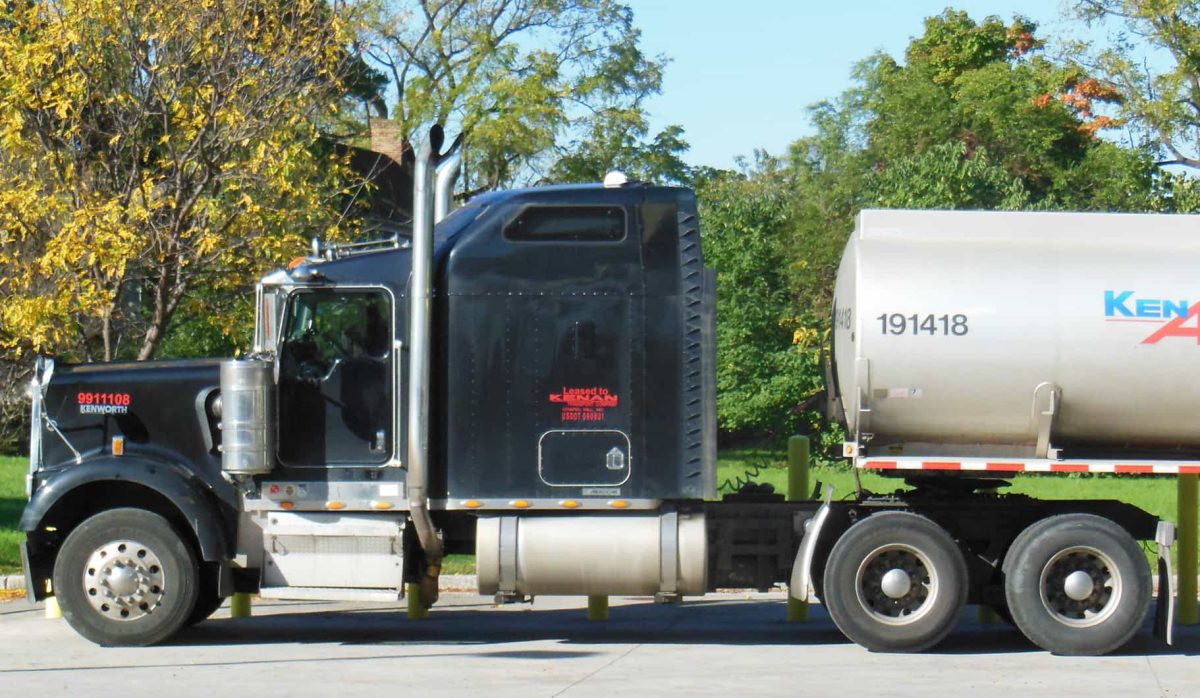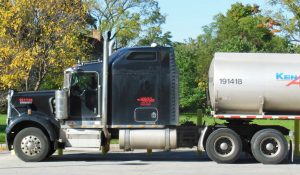
The global supply chain already relies on smart technology to speed up distribution, reduce paperwork, and allow customers and vendors to track shipments. Next up, the Internet of Things for logistics is reducing costs by improving tracking and data.
Some retailers are moving closer to on-demand manufacturing. Others are reducing wait times and stagnant inventory by taking advantage of the smallest details, like using yard trucks to prepare trailers to go out even before customers have actually placed the order.
How IoT Affects Logistics
Traditionally, supply chain logistics has been about making the best of push-based systems that require manufacturing parts or products months or years before a product will ever be sold. Missing data and guesstimation lead to high costs.
Connected devices provide better data that makes several cost-cutting and efficiency goals attainable:
– Pull-based ordering and manufacturing
– Solving understock and overstock issues
– Analytics to predict customer demand
– Identify slow parts of the supply chain
– Map inventory from raw materials to delivery
Examples of Supply Chain IoT
Smart devices for the supply chain range from simple products like RFID and GPS sensors to more advanced robotics. The data you collect is just as important for analytics as it is for on-the-ground operations.
Once your supply chain is on the Internet of Things, you can enact measures for better operational efficiency at the warehouse. It’s all about getting things out the door on time – not a moment too soon or too late.
Electric yard trucks allow workers to park trailers at the dock and maneuver them around the lot for immediate pick-up. DJ Products makes powered trailer dollies like the TrailerCaddy yard trucks that any employee can use, even without a CDL.
Contact us for more info about warehouse material handling solutions.

